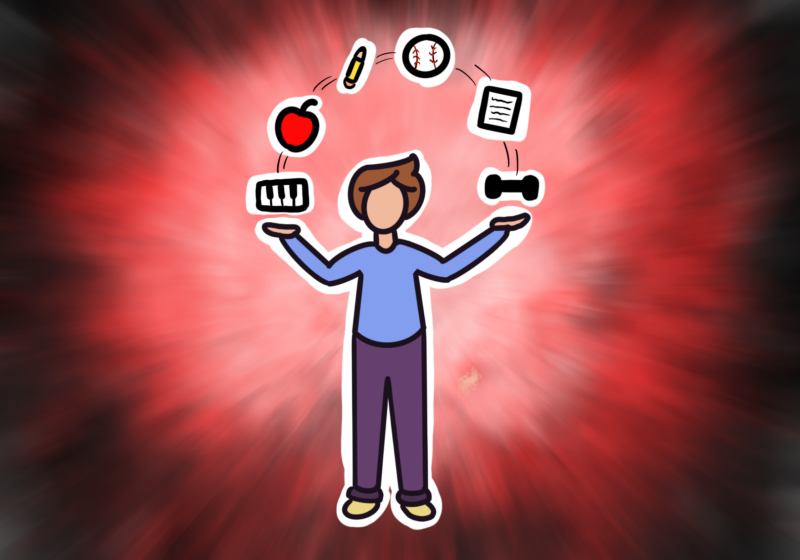In last week’s article, we talked about various indoor activities one may look to pursue during the winter months. Examples included racquetball, tennis and swimming. Some of you may be trying these sports for the first time, or you may be looking to get back into them after a long absence. This article will focus on the various causes of common injuries specific to these sports, and methods to prevent them so as to not leave you off the court or out of the pool for an extended time.
Several of you may have heard the term “tennis elbow.” This is a “garbage” term used to describe a specific injury to the elbow joint of any racquet sport athlete, just as “shin splints” is used to describe an overuse injury of the lower limbs. The correct term medial or lateral epicondylitis refers to a strain of the medial or lateral soft tissue structures, which attach to the outer bony prominences of the elbow. The resultant pain can become so dehabilitating that one may even experience difficulty gripping a racquet. This annoying pain, usually on the outside of the elbow, is usually caused by a combination of factors.
Getting acclimated to a new activity such as squash, racquetball or tennis takes time and patience. If one starts with too much activity at a high intensity, the tennis elbow symptoms may creep in. Lack of proper warm up and stretching of the elbow, shoulder and trunk is also another key cause. Like any sport, you need to warm up the body’s core temperature, and then focus on stretching before and after activity. To make sure the muscles and tendons of the elbow are loose and pliable, straighten your arm out and gently pull your hand back toward your forearm fingers down with your opposite hand. Hold this position for approximately 30 seconds and then repeat in the opposite direction fingers up for another 30 seconds.
Facing a wall and stretching your arm flush against the wall can accomplish stretching of the anterior portion of the shoulder. While holding this position, slowly angle your body away from the wall side opposite of arm being stretched until you feel a comfortable stretch on the front part of your shoulder. This should be held for 30 seconds as well. It is always advantageous to stretch both your dominant as well as non-dominant sides. Finally, trunk loosening should be performed with hands on hips, bending side-to-side, forward and backward, and with rotations in a clockwise and counterclockwise motion. Ten repetitions for each are sufficient.
Some other causes of tennis elbow may include improper grip or grip size. When purchasing a new racquet, it is crucial that you have the correct size and weight for your frame and level of ability. Improper technique when hitting a ball is another factor which may come into play. Some prefer to put extra topspin on the ball and as a result, turn their forearm over pronate the elbow too forcefully and quickly, placing undue stress on the outer portion of the elbow. An experienced player or coach should be able to pick this up and correct you when necessary.
So remember, if you are just starting out in one of these sports, begin slowly at a mild intensity. Listen to your body, especially when it is hurting in a manner that is not normal. You will want to look at these factors and determine the cause before things progress to a worse stage. Never try to play through the pain. This will only compound the problem and extend your eventual recovery time. In next week’s article we will analyze various prevention and treatment techniques one can employ to keep from experiencing this injury or at least keep it to a minimum.
Steckley is a certified UR athletic trainer and can be reached at psteckley@campustimes.org.



